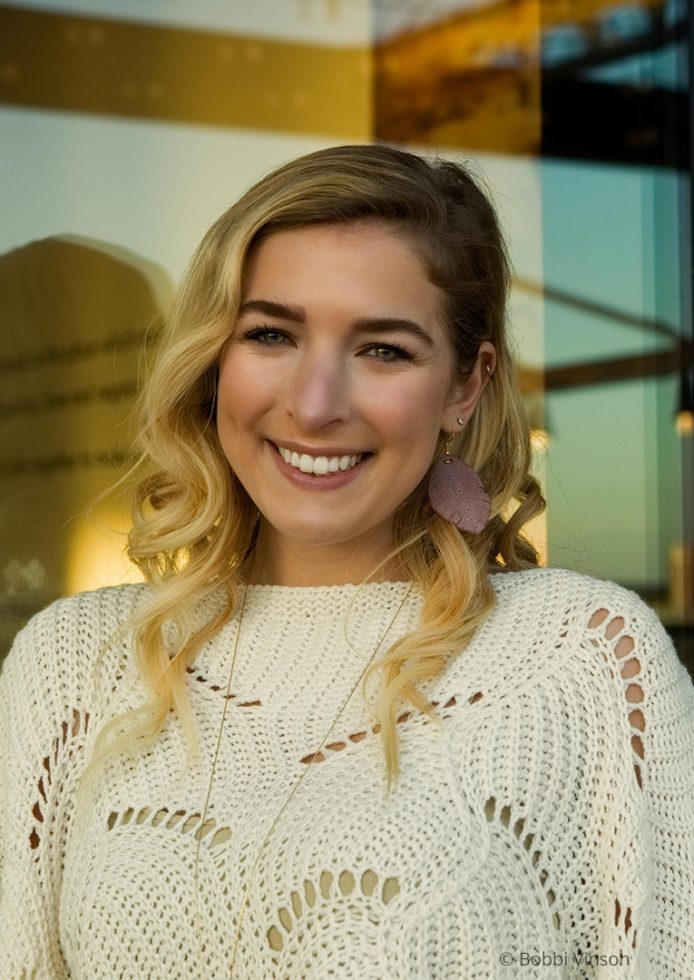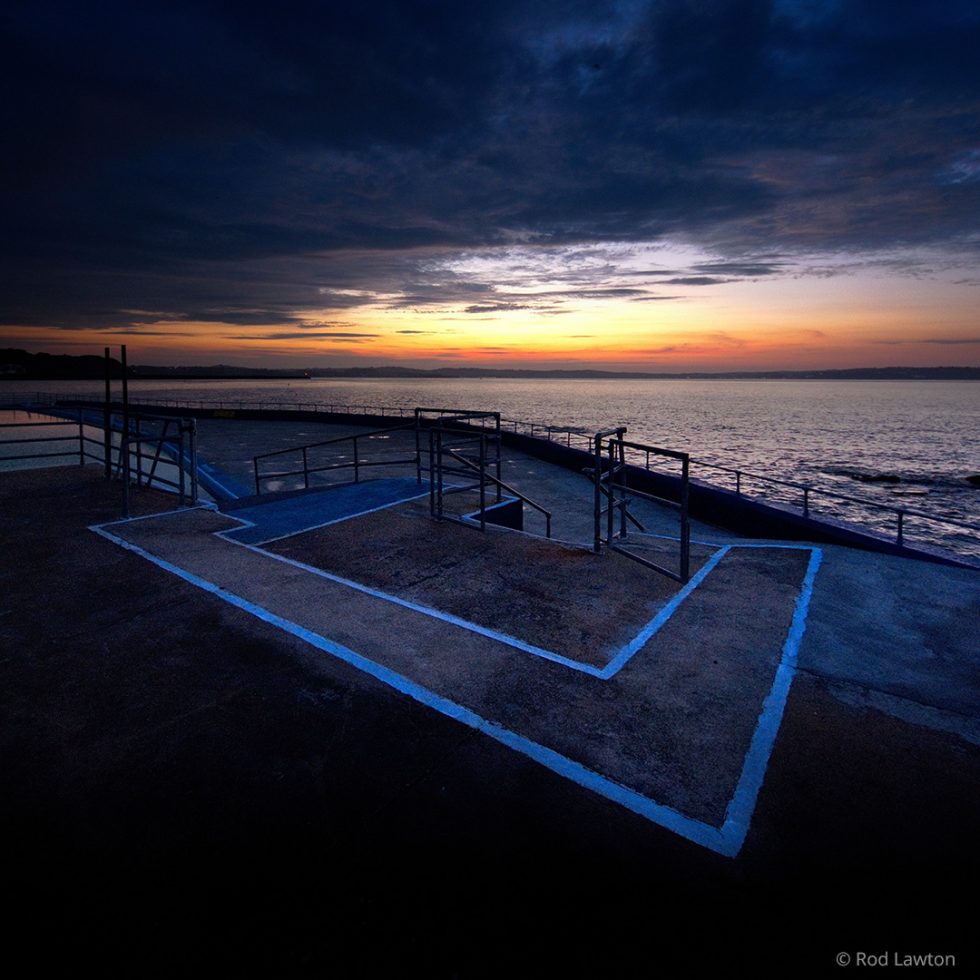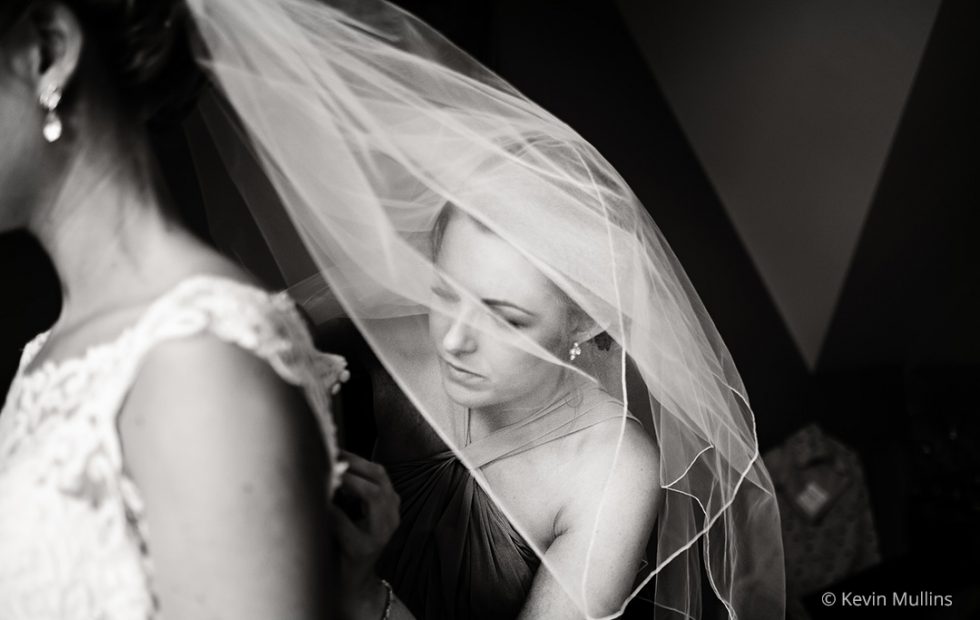Culling your photos properly can save time, headaches, and even improve the level of your finished work. It’s a crucial part of the organizing process. Unfortunately, sifting through all the shots you took to find the very best can be long and tedious. Exposure enables photographers cull photo sessions efficiently, regardless of the style or type of work. In the article below, we interviewed three professional photographers about their image culling methods.
Culling Portrait Photography

Bobbi Vinson is photographer and owner of Frolic & Co. Photography, a North Carolina-based portrait photography studio. She lives near us and she uses Exposure for her full workflow, so we are always happy to hear from her. To see more of Bobbi’s work, visit her website, or follow @frolicandco on Instagram.
How does Exposure help you cull portrait sessions?
Photo culling can easily take up too much time, so I get through it as quickly as I can. Exposure enables me to sort through images from a session in several ways, which is extremely helpful. I can combine filters like flags, color labels, or metadata to sort the images and quickly narrow down to the best options from the session. Being able to sort through a batch of images in various ways really makes culling in Exposure fast for me.
What are your favorite tools to accomplish this?
Exposure’s automated tools are some of my favorite features. They make organizing images from the beginning of the workflow, simple. When copying images from camera cards, I use a custom preset that automatically generates subfolders using the standard structure of my organization system. With minimal input from me, I always know my images are copying exactly where and how I want them to, including applying metadata and updating filenames.
The folder structure is supported when exporting, also. Exposure’s export preset recipes enable me to instantly render final images with watermarks for social media, blog posts for my website, or a high-resolution print file for a magazine to the correct folder locations.
Quick culling tips
Late in your culling workflow, there will most likely be a few images that you can’t decide whether to keep or toss. If you can’t decide, quickly make only a few basic adjustments to see if that helps. Adding a preset is another option to help evaluate if the image is worth keeping. If it’s not, cut it from the batch and don’t spend any more time on it. This is easy to do in Exposure because there are no modules, so you can edit or apply presets during culling.
Culling Landscape Photography

Rod Lawton is a landscape and travel photographer, a journalist, and an editor, as well as the publisher of lifeafterphotoshop.com. See more of his photography on his website.
How does Exposure help you cull landscapes?
I want to see what’s actually in my image folders, not what’s been imported into an image cataloguing program. Catalogs can get disconnected from their source images in all sorts of ways, so you’re never quite sure if what you’re seeing is actually there!
You often can’t judge if an image is a ‘keeper’ until you’ve given it the ‘look’ you want, so I find virtual copies and collections very effective at accomplishing this. Personally, I find it hard to rate an image until I see it how I meant it to look.
Actually deleting images is a big step — and one I’m very nervous about! Instead of deleting, I use Exposure’s filters to only display images I want to keep, or I use collections to curate (and exclude) images in a ‘virtual’ way.
What are your favorite tools to accomplish this?
I like to cull by exclusion. I prefer to see all the photos from a shoot and then progressively exclude the ones I don’t want. It’s a process of elimination, and one I can use very easily in Exposure. I can set the filter to hide images marked with the reject flag. The minus key marks them with a reject flag, which hides them from my view so they are no longer a distraction.
Quite often, you need to look at images a little closer to see whether to keep them or not. This is especially true when there are two or more similar images to decide between. This is where Exposure’s different layout views are useful. I can compare similar images and use the link views checkbox to zoom in to check for sharpness, for example, on every selected image at the same time.
Quick culling tips
Use a multi-step process to cull your work. This helps keep the pace up so you don’t get buried in unimportant details. I use three simple evaluation steps. They are as follows.
1) Duds: These images can be eliminated straight away because they’re blurred, badly-timed or just plain bad. These photographs will just get in the way of the good stuff, so get rid of them now.
2) Duplicates: So for whatever reason you’ve got multiple or near-identical shots of the same thing. My first rule is check the sharpness, composition and for any unwanted distractions. If they’re still all the same, then it doesn’t matter which one you pick – as long as you get rid of the rest!
3) Just plain dull: I’m sure I’m not alone here – you can produce shots which are technically perfect, compositionally correct and can’t be faulted – and yet they leave you cold. This is step 3 – if you’ve got shots that are just plain dull, you know it, don’t you? Just get rid of them!
Hopefully, at the end of all this you don’t have an empty folder or collection, and you do have a whittled-down selection of images which you know are technically good, aesthetically powerful and capture what you meant to capture. That, when it happens, is a good feeling!
Culling Wedding Photography

Kevin Mullins is an award-winning documentary wedding photographer, an industry speaker, workshop leader, author, and a Fujifilm X-Photographer. Check out more of his work on his website, or on Instagram @kevinmullinsphotography.
How does Exposure help you cull wedding photos?
One of the things I love the most about Exposure is that I can start working with the images, including culling, even while the import is still progressing. A typical wedding for me may have around 1,800 photos, so I need to be able to establish which of them I want to work with very quickly and get on with editing.
What are your favorite tools to accomplish this?
I love the versatility of using the reject flag in Exposure. It’s a straightforward process to review and mark each image. In its simplest form, I use minus on my keyboard to mark an image reject. This also dims the image in the grid view so I can easily see which images are ‘in’ and which ones are ‘out.’
One of my favourite ways to cull is to expand the keypress with the Shift key. Pressing Shift and Minus not only rejects the image, but it also advances to the next photo instantly. This saves so much time and it lets me cull an entire shoot without moving the mouse. Very fast, indeed. Once complete, I’ll set the Hide Rejects filter preset in the lower panel, and then all I see are the images I need to edit.
Quick culling tips
Exposure now gives us Smart Collections, which empowers you to categorise images by a selected parameter, easily. I use a set of smart collections to automatically group images into five separate ISO ranges. This is brilliant for me as I can simply go into one of the smart collections and cull from that set, instantly. I usually start with the highest ISO and work backward.
Additionally, at least for wedding shoots, I suggest not to use the star rating tool. In my mind, the cull should simply be whether it’s good enough, or not. Further categorising the images by star rating confuses things for big shoots. Ultimately, if an image isn’t good enough, then it should be separated at the beginning. Effectively, all images you keep should be 5-star.
Conclusion
There are various ways photographers can cull photo sessions quickly in Exposure, regardless of the type of work. We’d like to thank the professionals we featured in this article for sharing the image culling methods that they rely on.
Try Exposure Today













